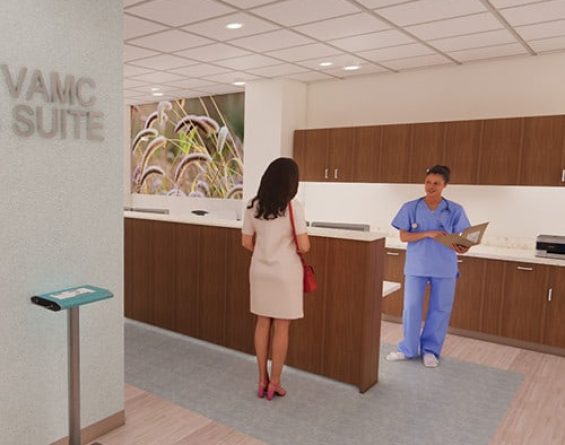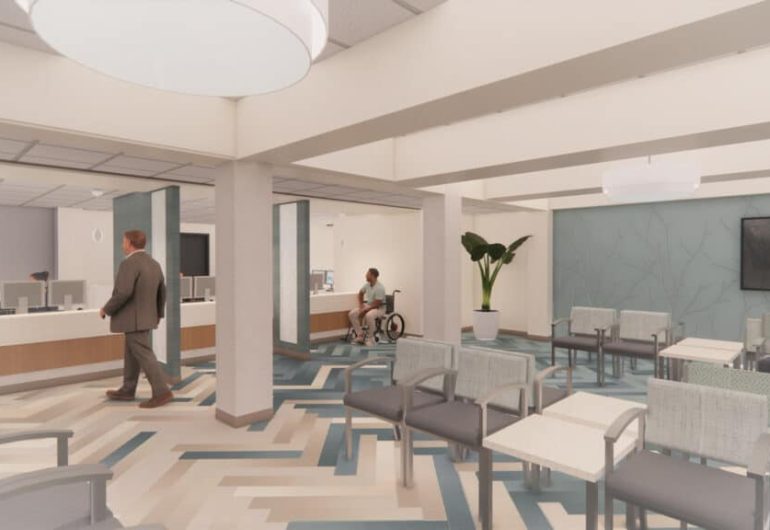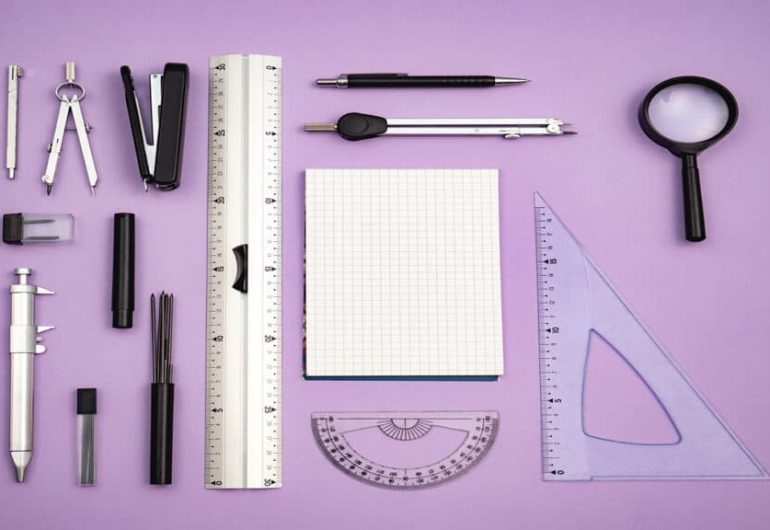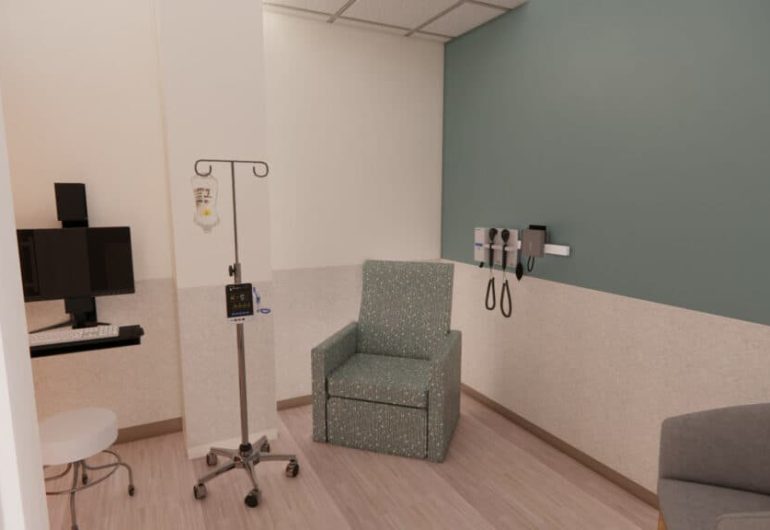Farewell & Goodbye: Lessons Learned Over a Lifetime of Cost Estimating
June 30, 2025

Emilie Diggs RID, IIDA, NCIDQ
How do we measure the success and value of good design? At Apogee, we cannot put enough emphasis on the user experience. Whether we are designing for a patient or care provider, the environment that we create should increase efficiency and productivity while adding to the wellbeing of the occupants. But how do we determine the success of a good design?
One of the most important ways to determine the success of a design is post occupancy studies. There are many measurable factors of success. A great design should reflect lower wait times, increased productivity and workflow, a calming environment, and—above all—create a sense of place for the end users. You can measure the impact of your design by observing users in their space after the environment is built and seeing how these factors have improved through your design.
Designers must pay attention to acoustics, including noticeable sound vibration levels. Exam rooms should have a high sound transmission class rating to help protect patient privacy. The designer is responsible for planning for these conditions.
Another critical observation to make is lighting. Is there unusual or distracting illumination levels? Glare issues? These are considerations that need to be accounted for in the design process. Placing the priority on user comfort is of the utmost importance. Eye strain due to insufficient light levels can lead to headaches and decreased productivity. A successful space will not have these problems. Multiple sources of task lighting, overhead lighting, and ambient lighting should be present in space.
Designers should observe workplace productivity. Successful integration of technology and space planning should lower costs and positively impact the performance and satisfaction of the worker. Select furniture that is complementary to the overall architectural design of the space and aids in the efficiency and communication of the occupants. Design adaptable workstations that allow individuals to easily modify their space to meet specific needs.
The overall flow of the space should be logical and natural, especially in equipment heavy areas. Consider how people are moving through the space. Are there any impediments? These considerations should already be accounted for in a thoughtful and well-designed space.
In the end, it is our responsibility as designers to create spaces that are meaningful and contribute to the wellbeing of the end users. Through careful consideration of lighting, acoustics, furniture, and privacy, a designer can measure the impact of their design on the built environment.


